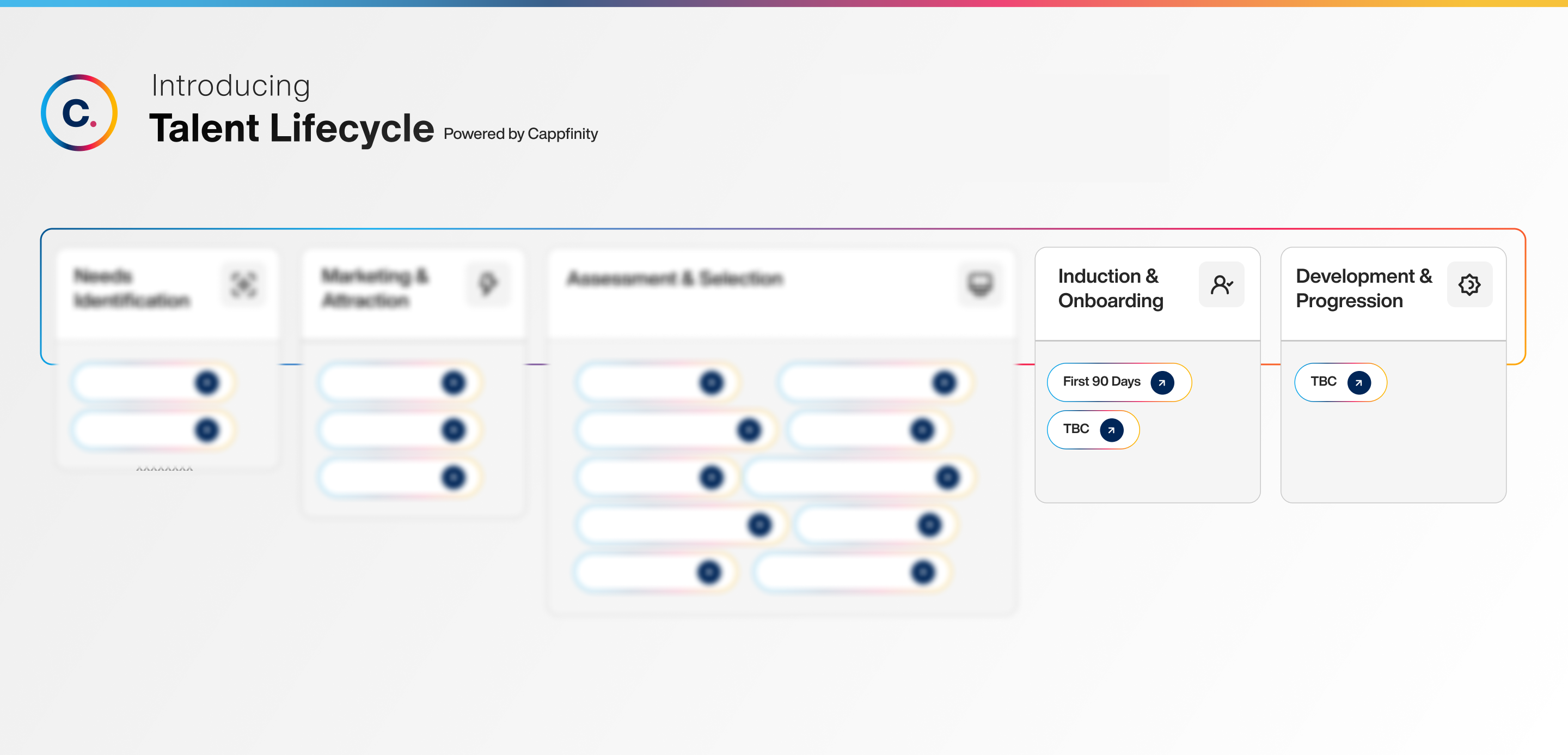Cappfinity is growing to support the full employee journey
Cappfinity provides tools to help organisations assess and develop their talent. More and more of our clients want solutions that go beyond hiring to support ongoing skills development. With this demand, it became essential to create a product that helps individuals identify, articulate, and apply their skills across the full talent lifecycle.











